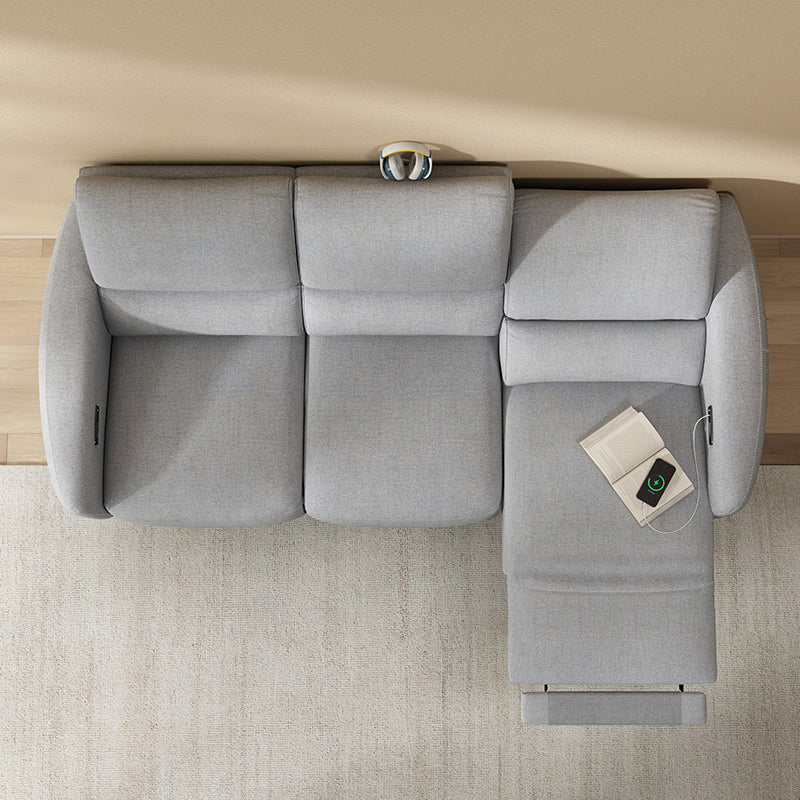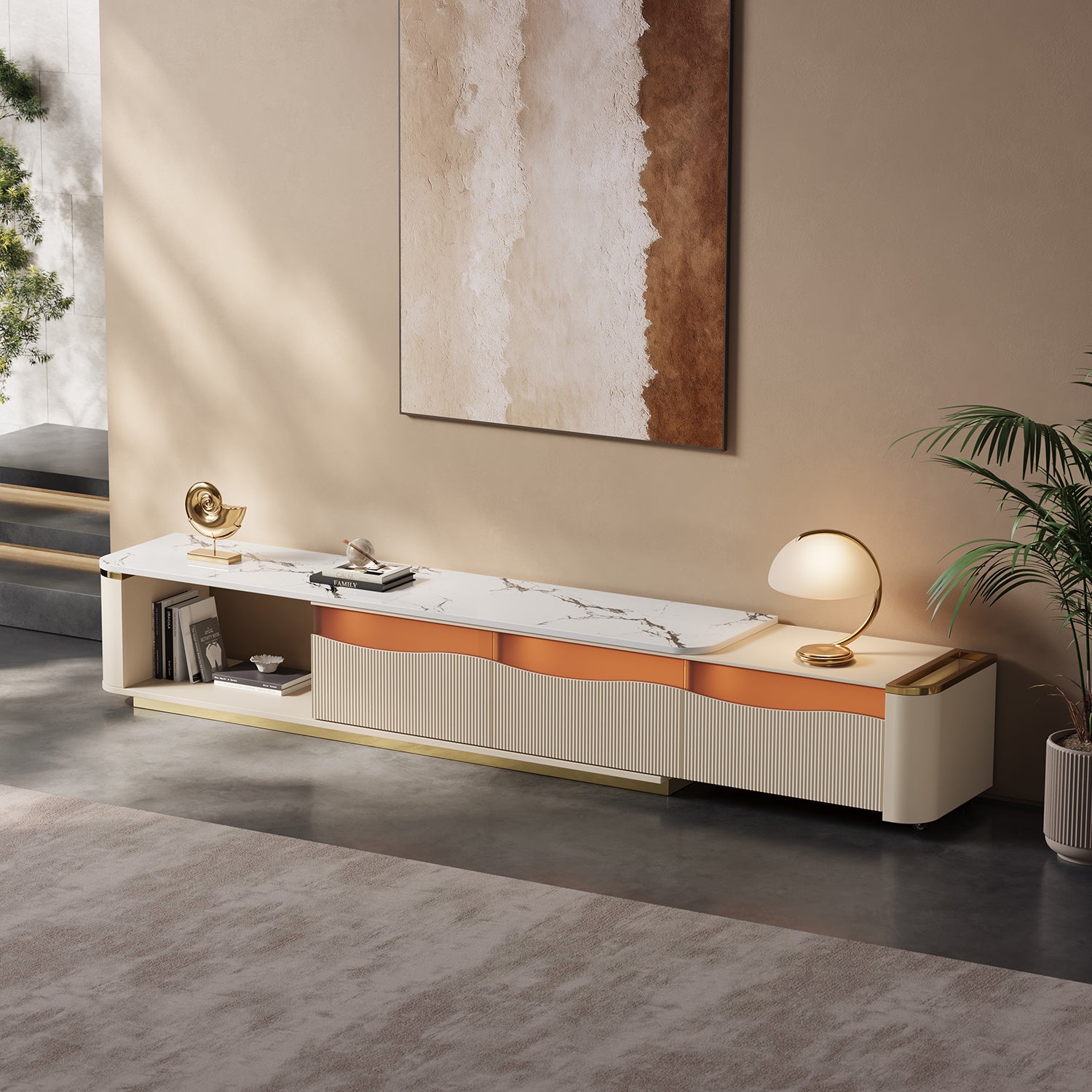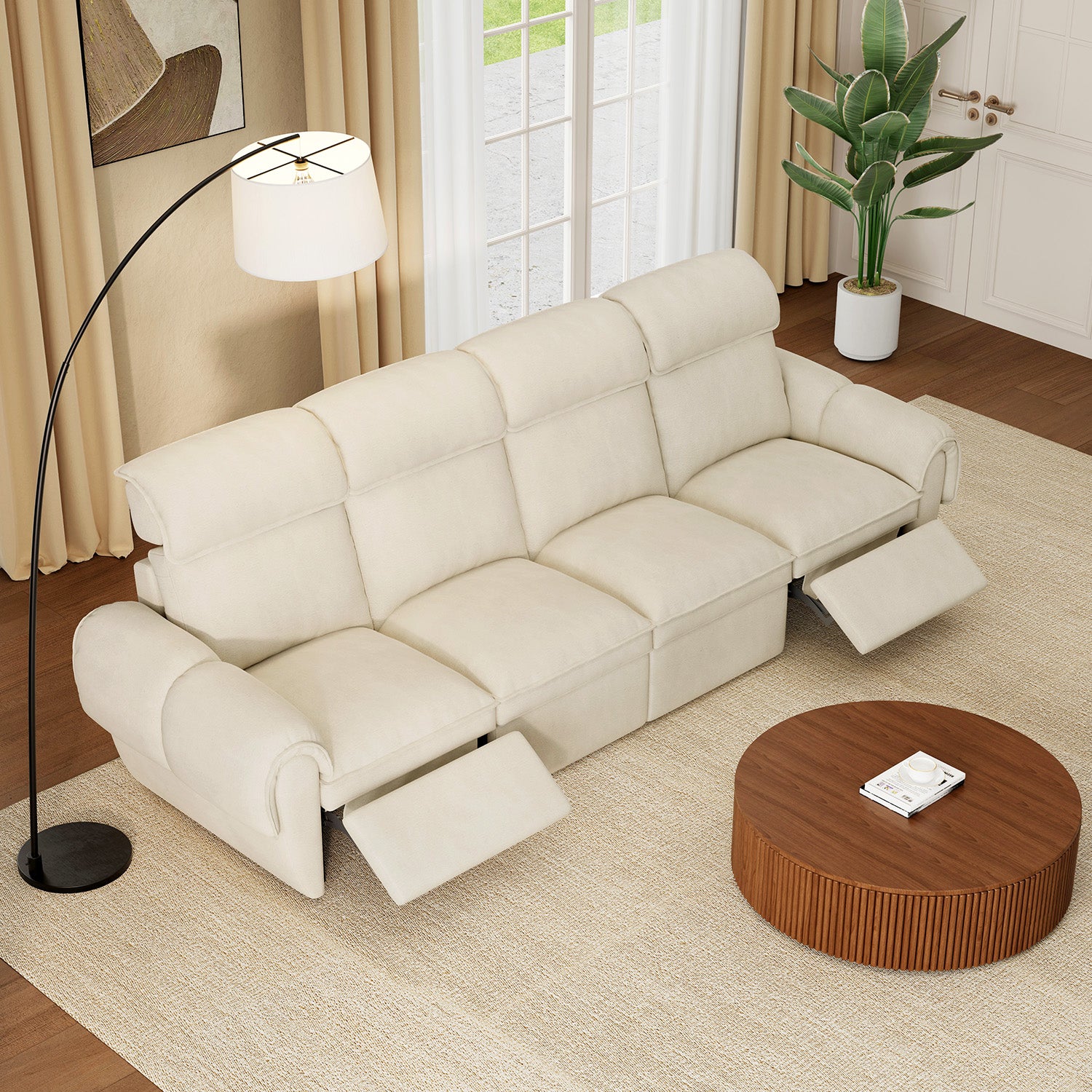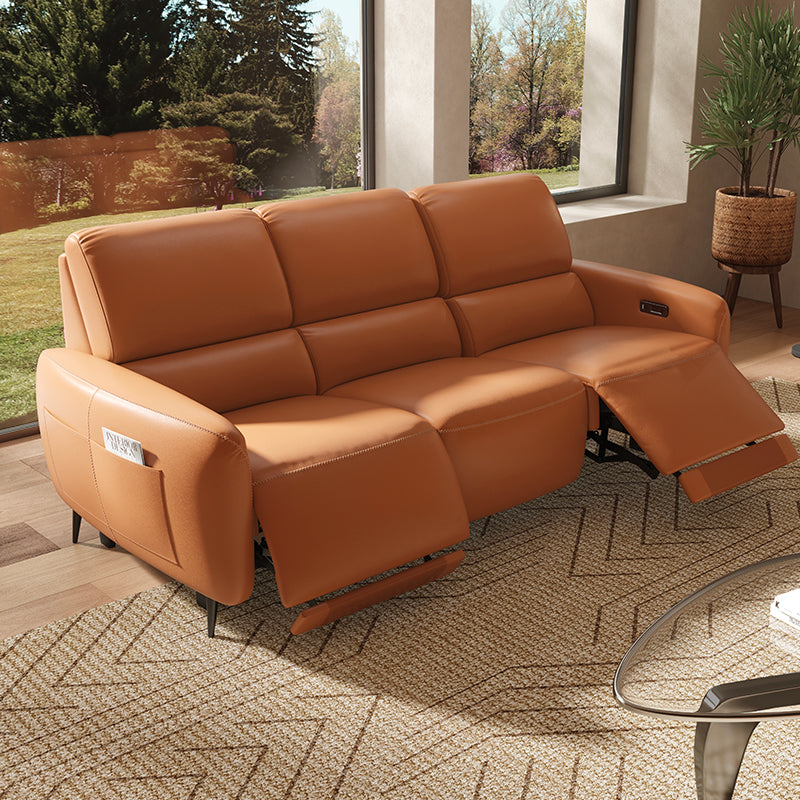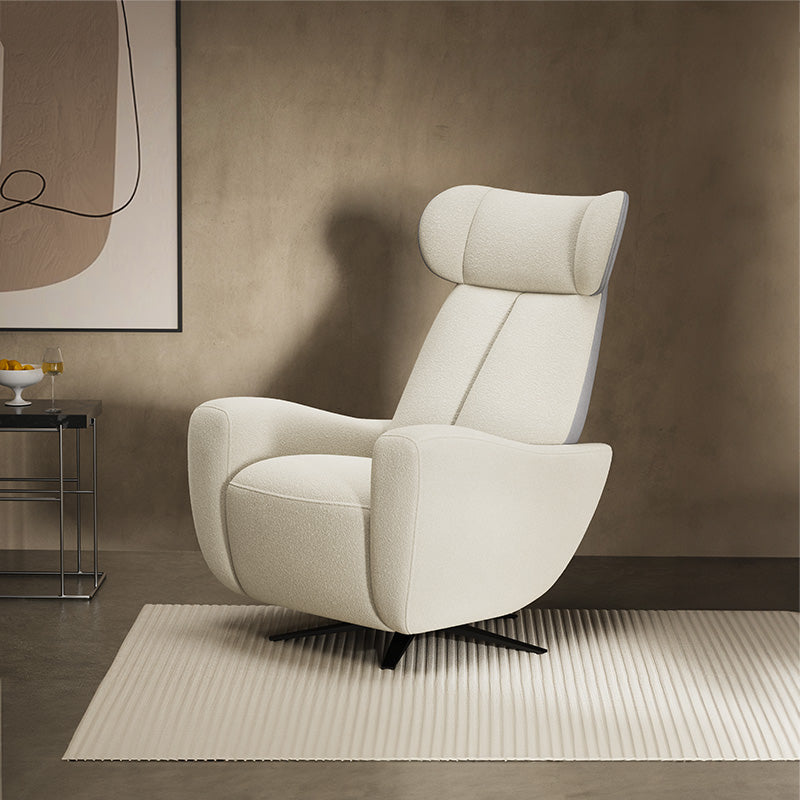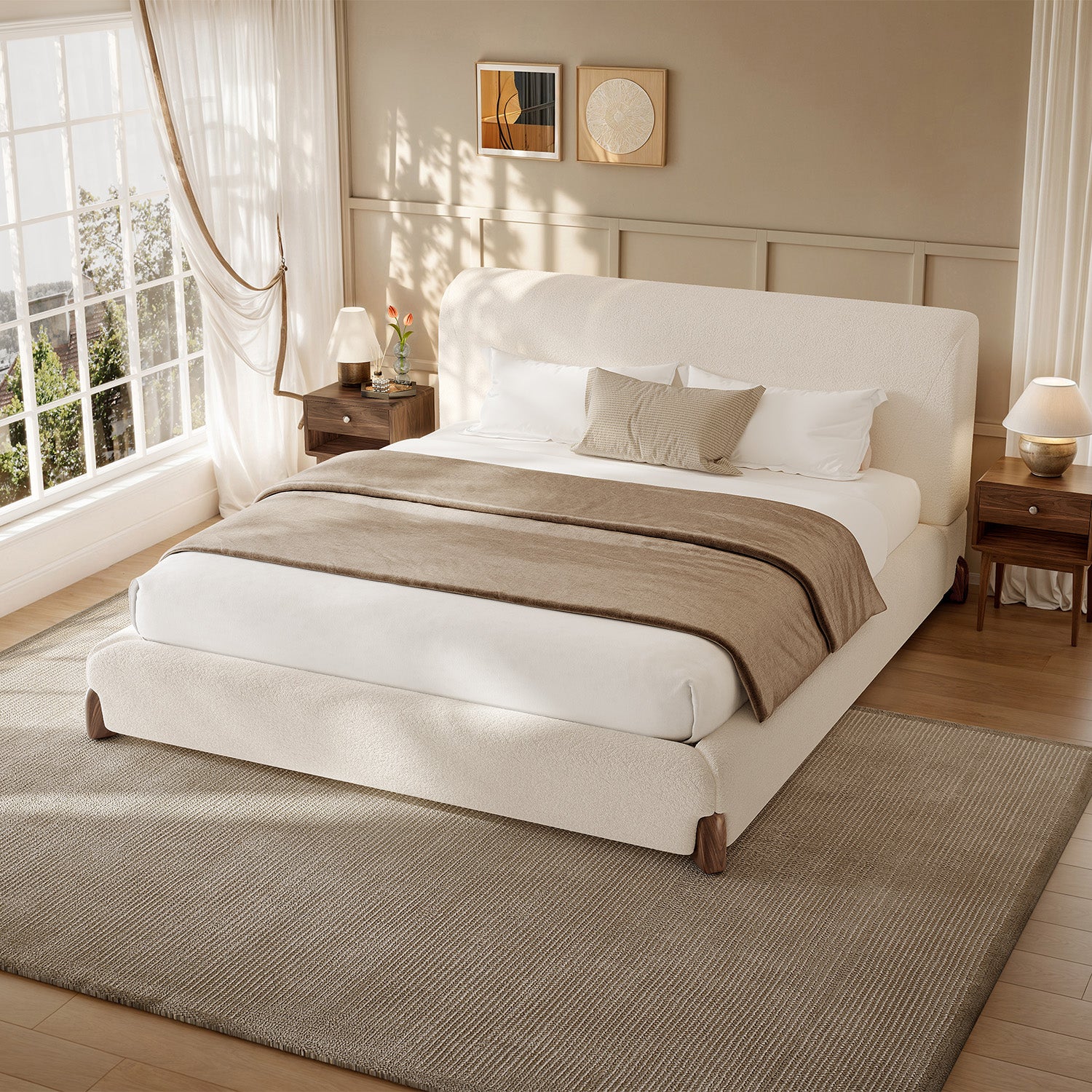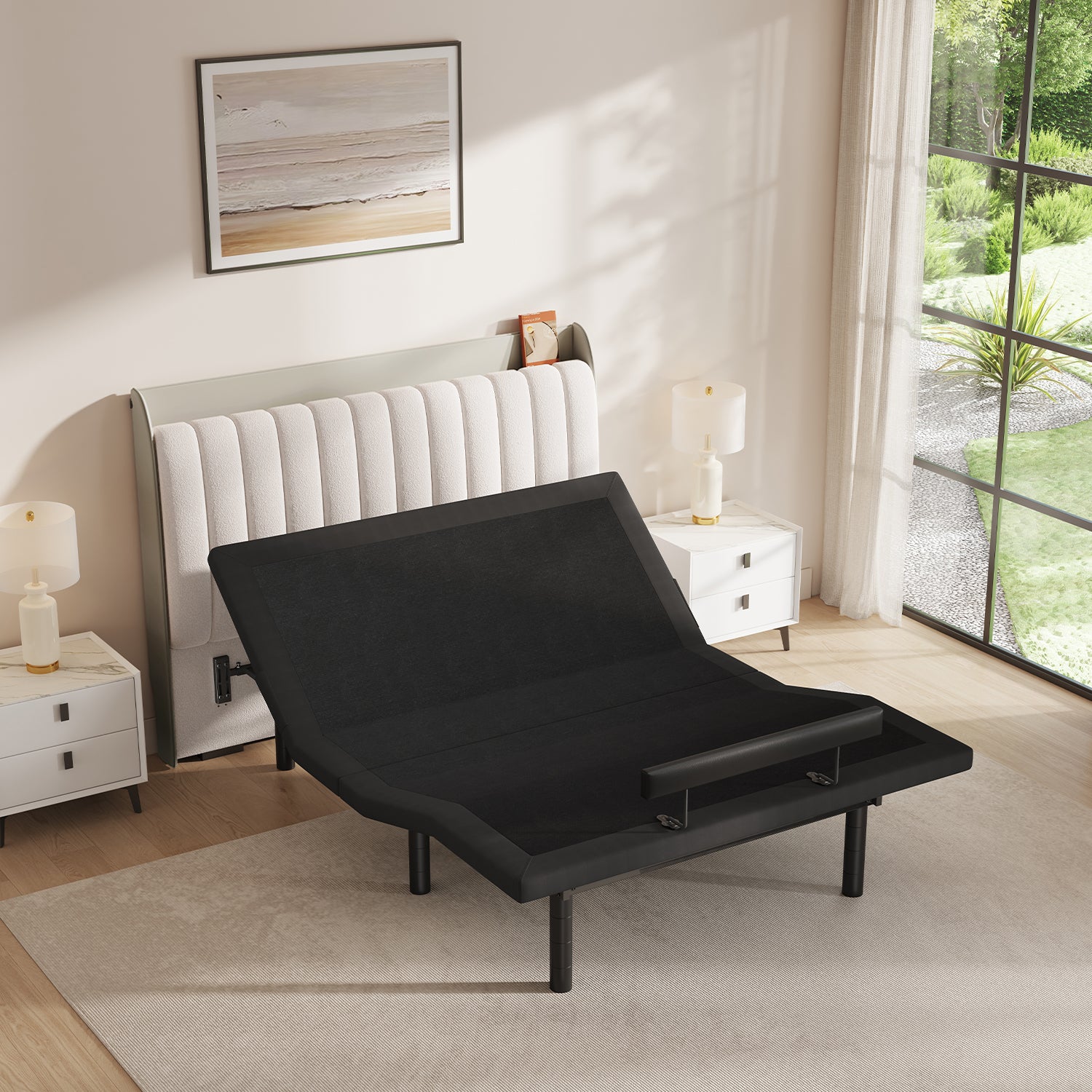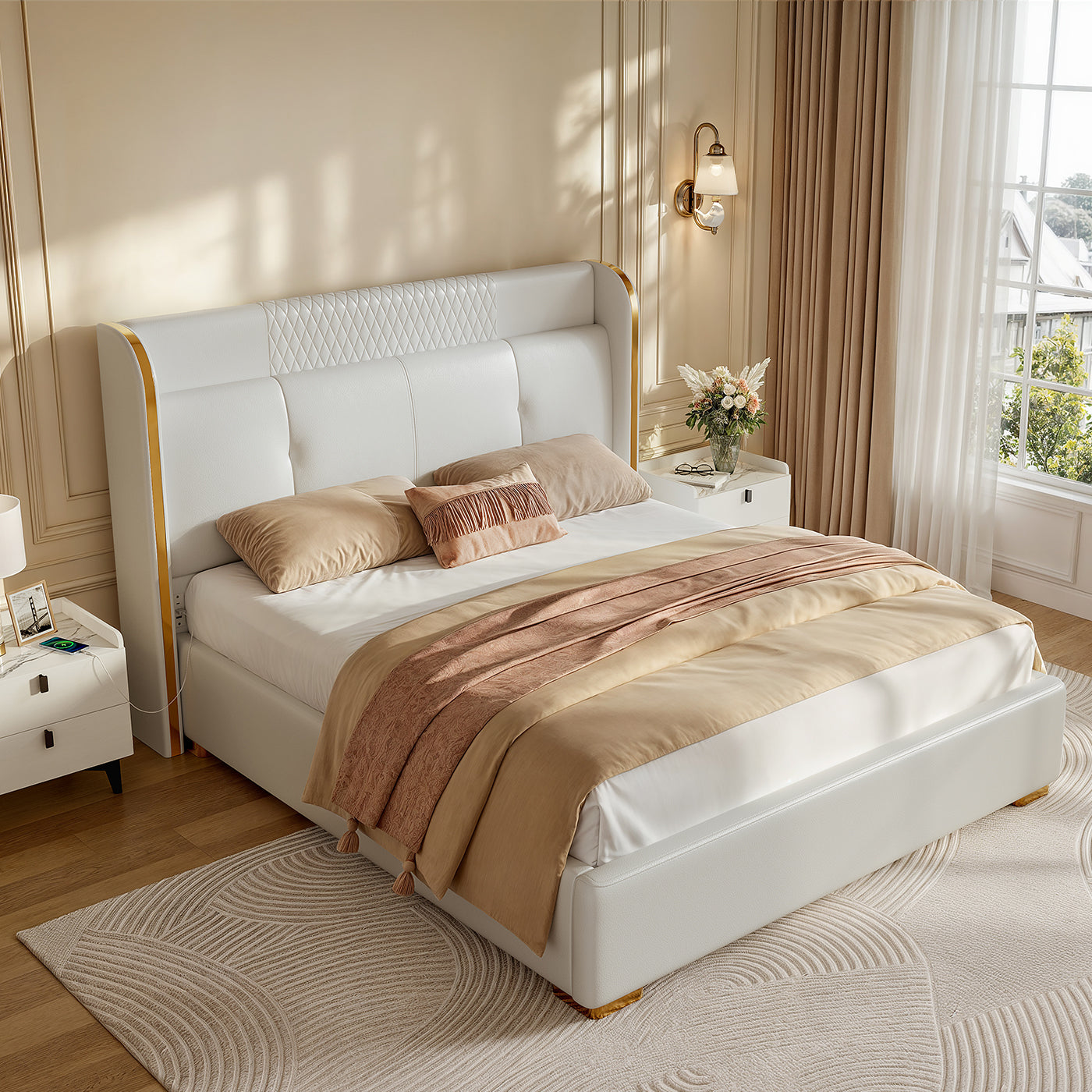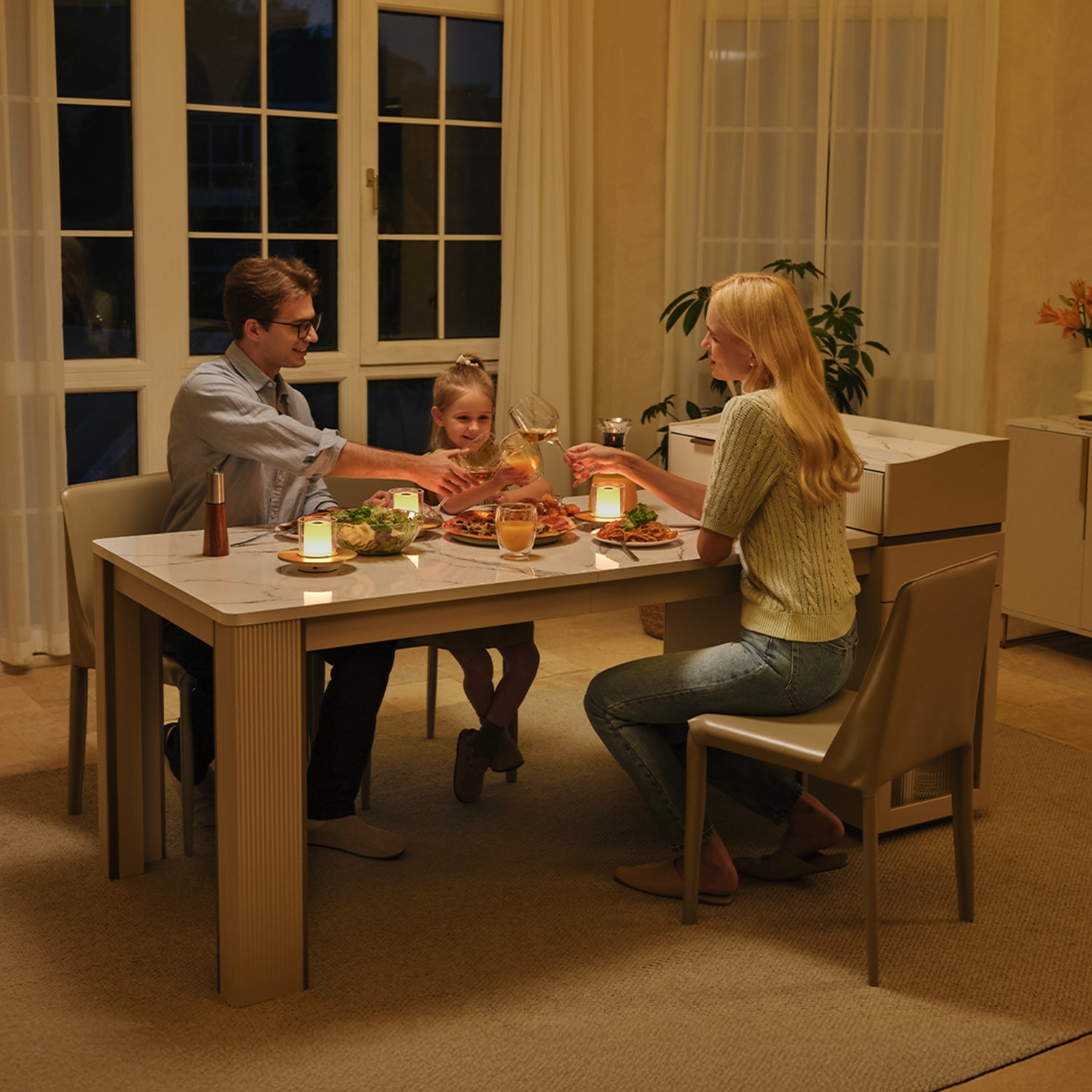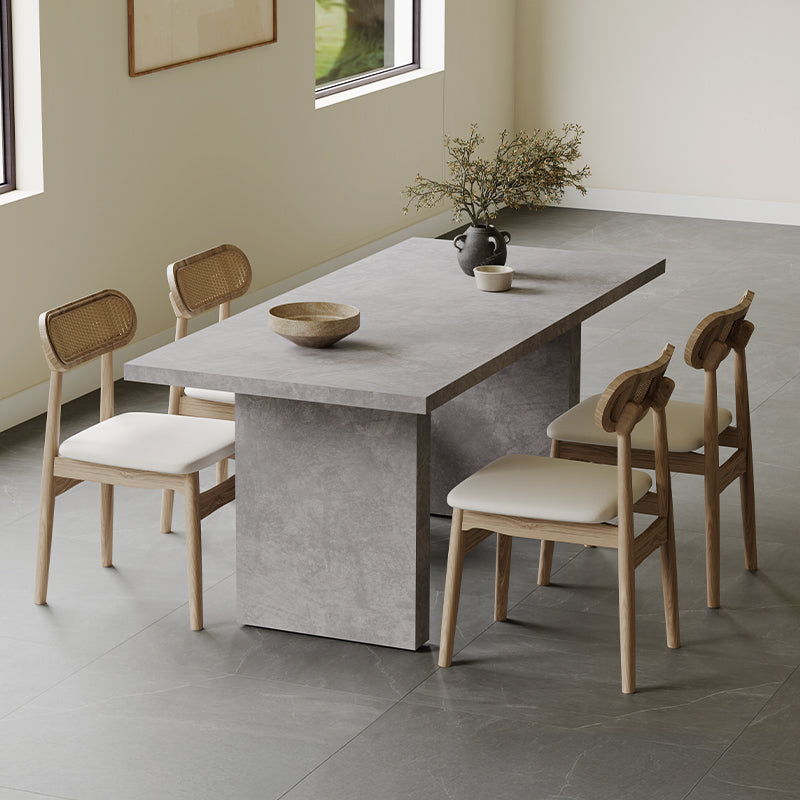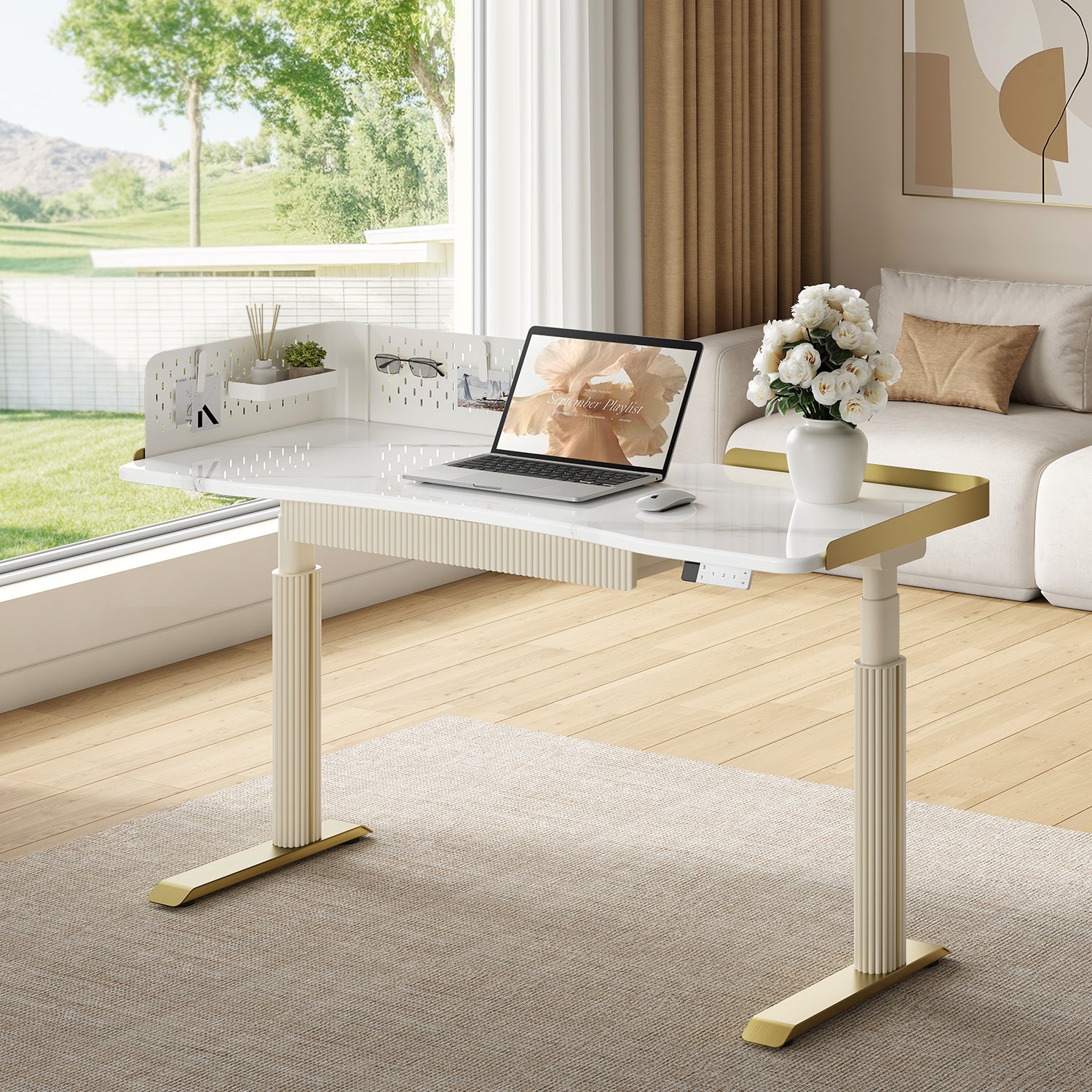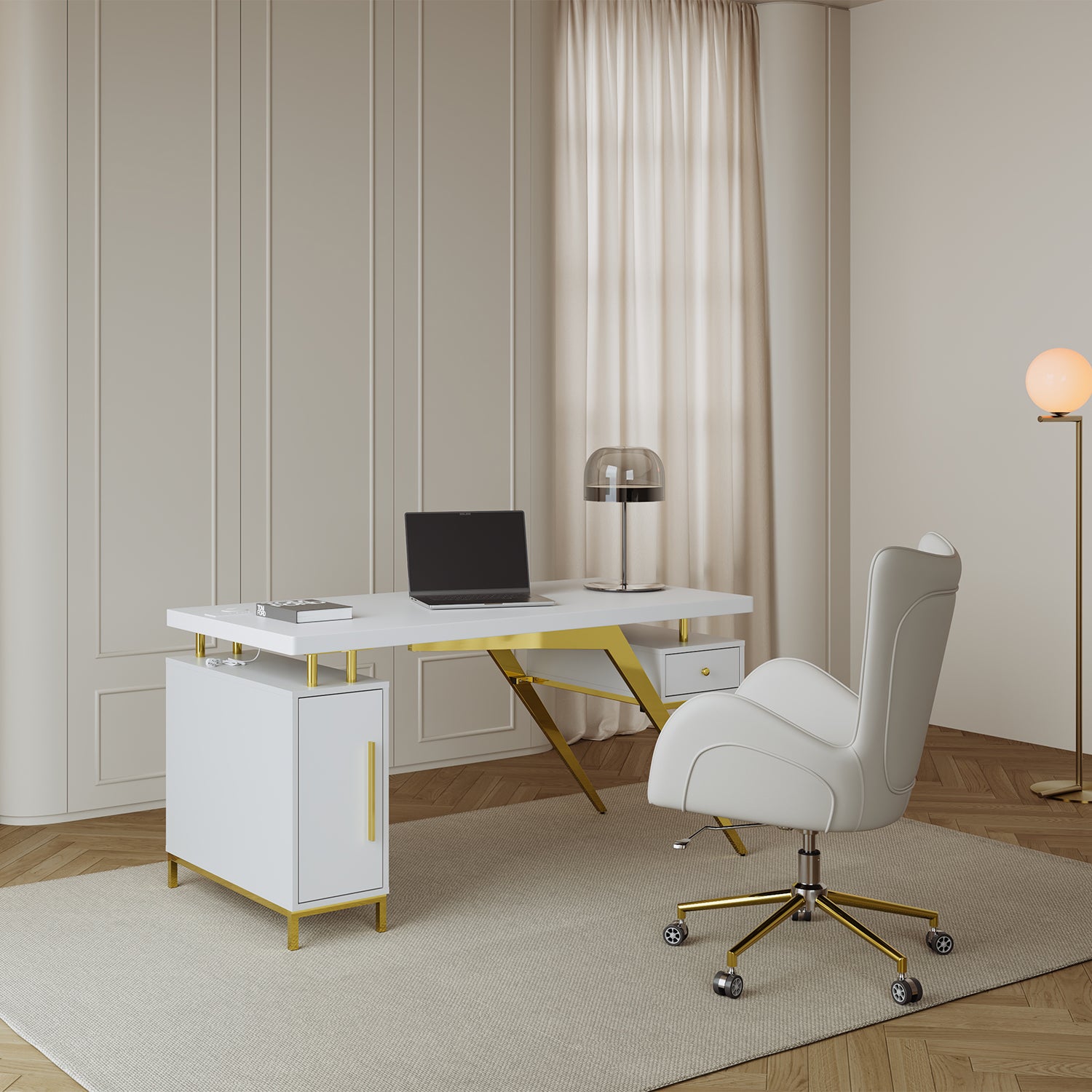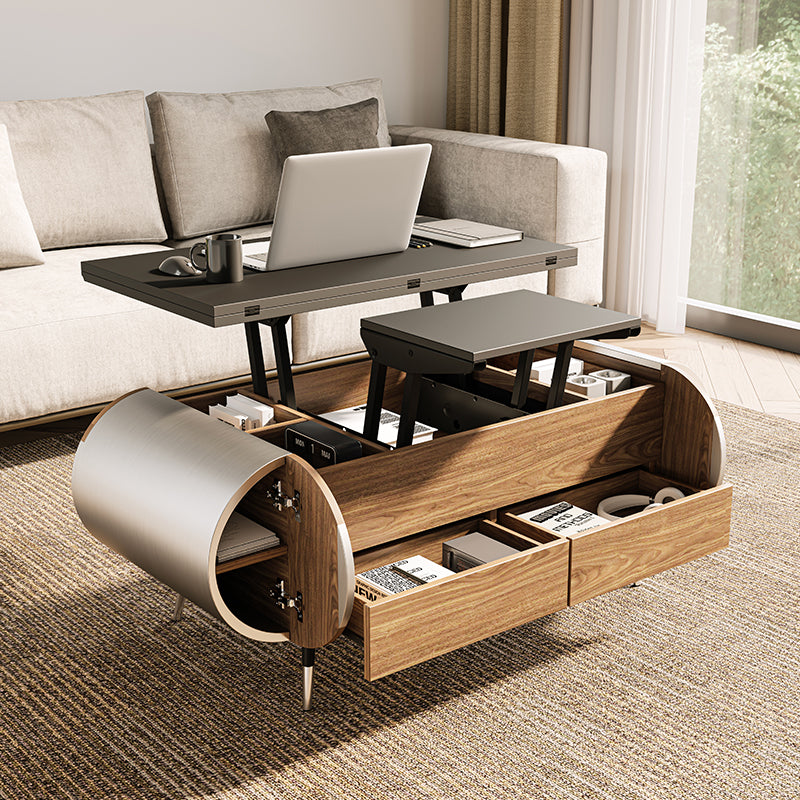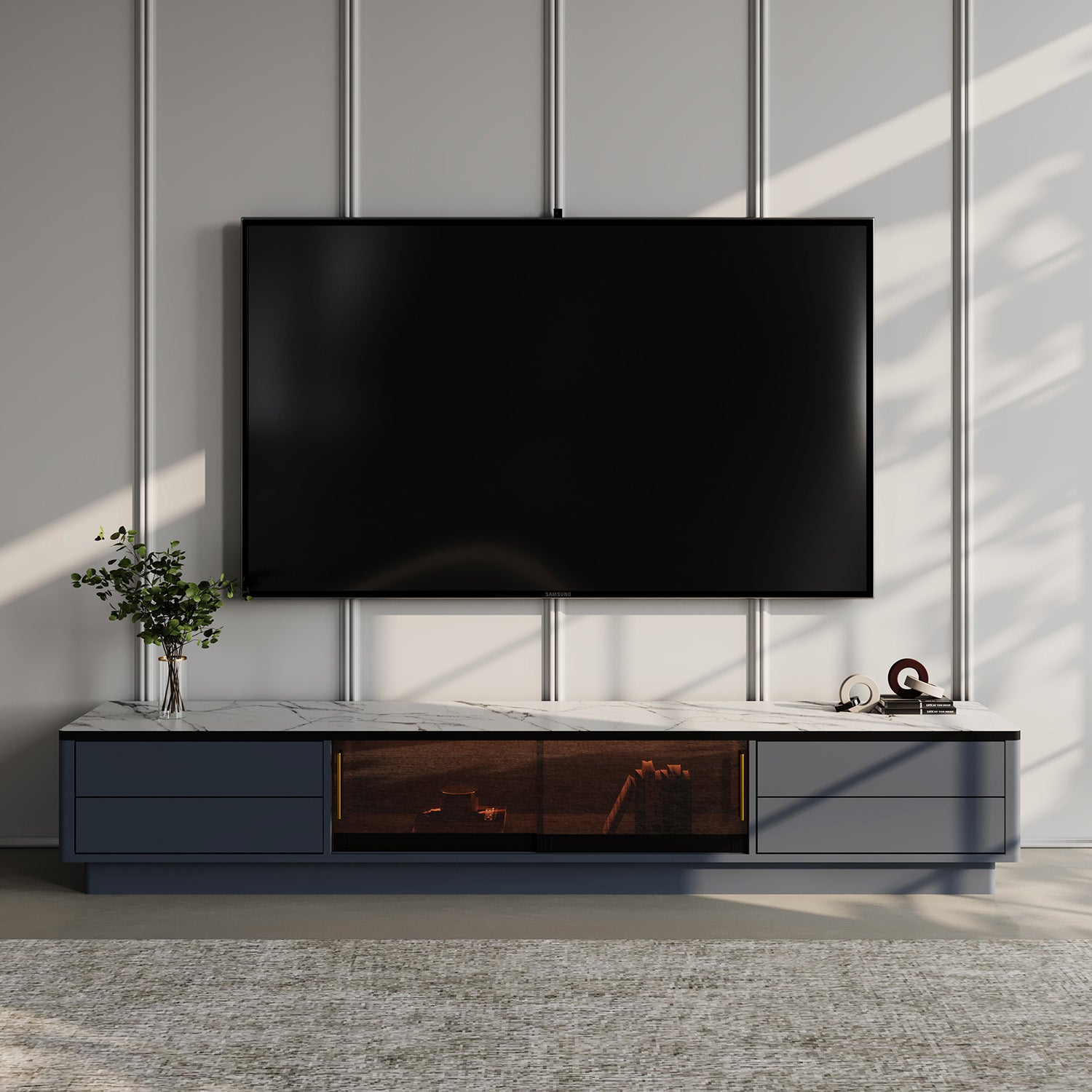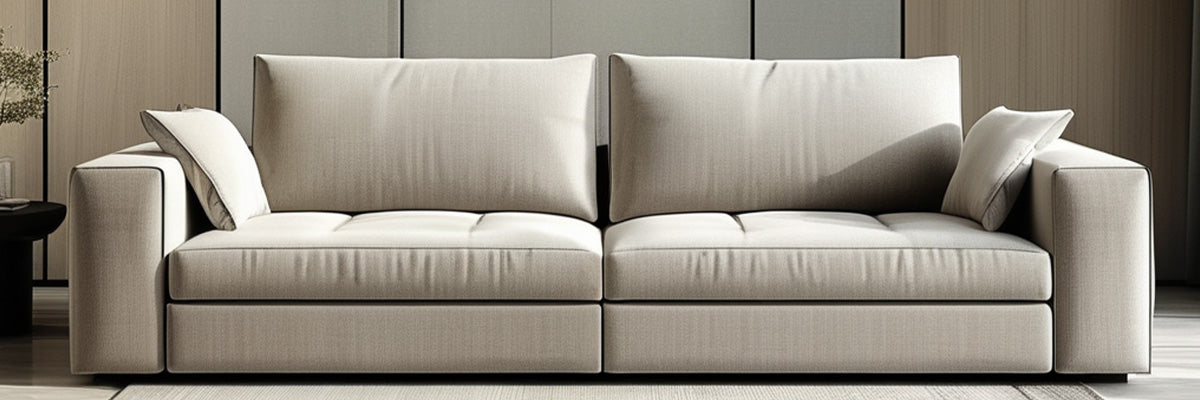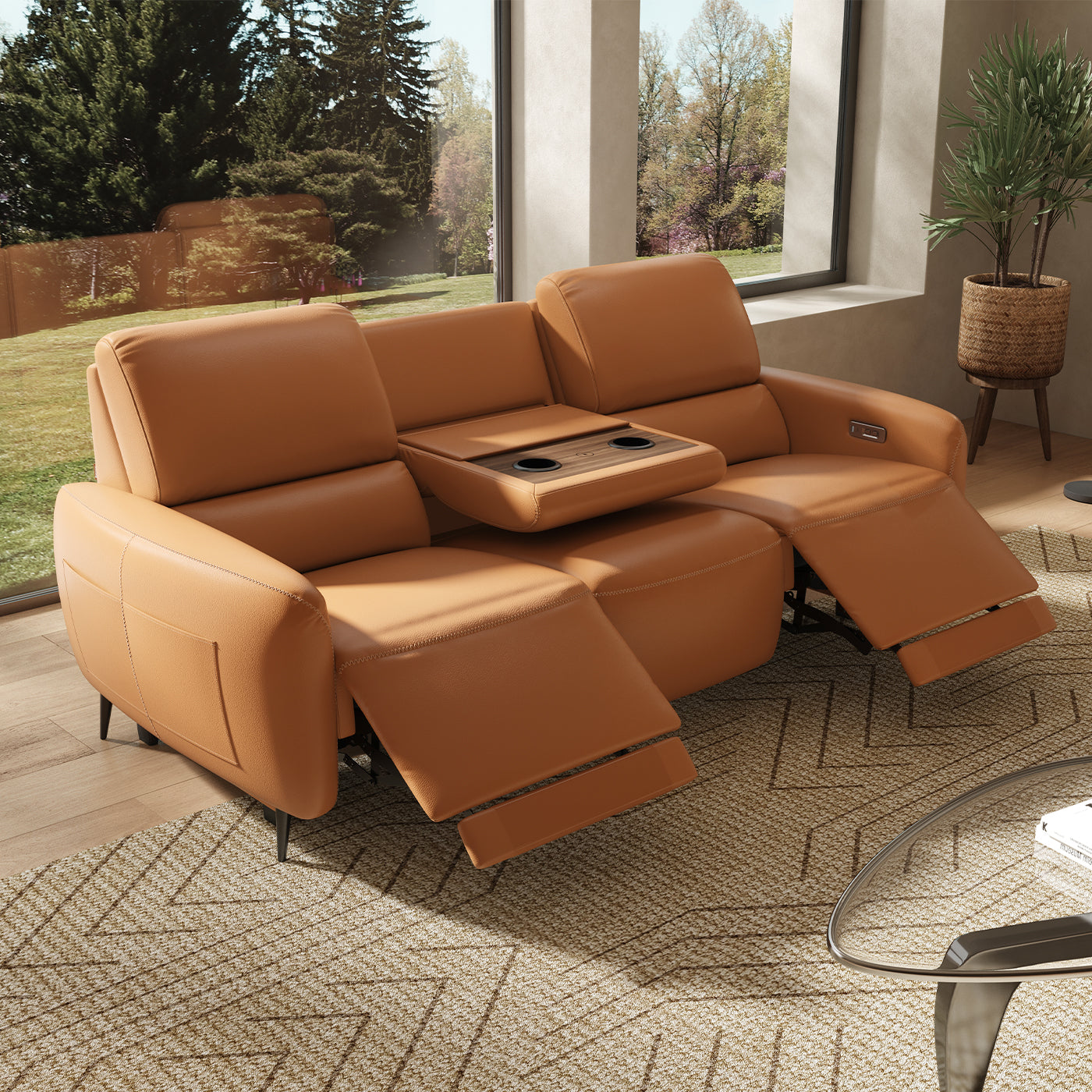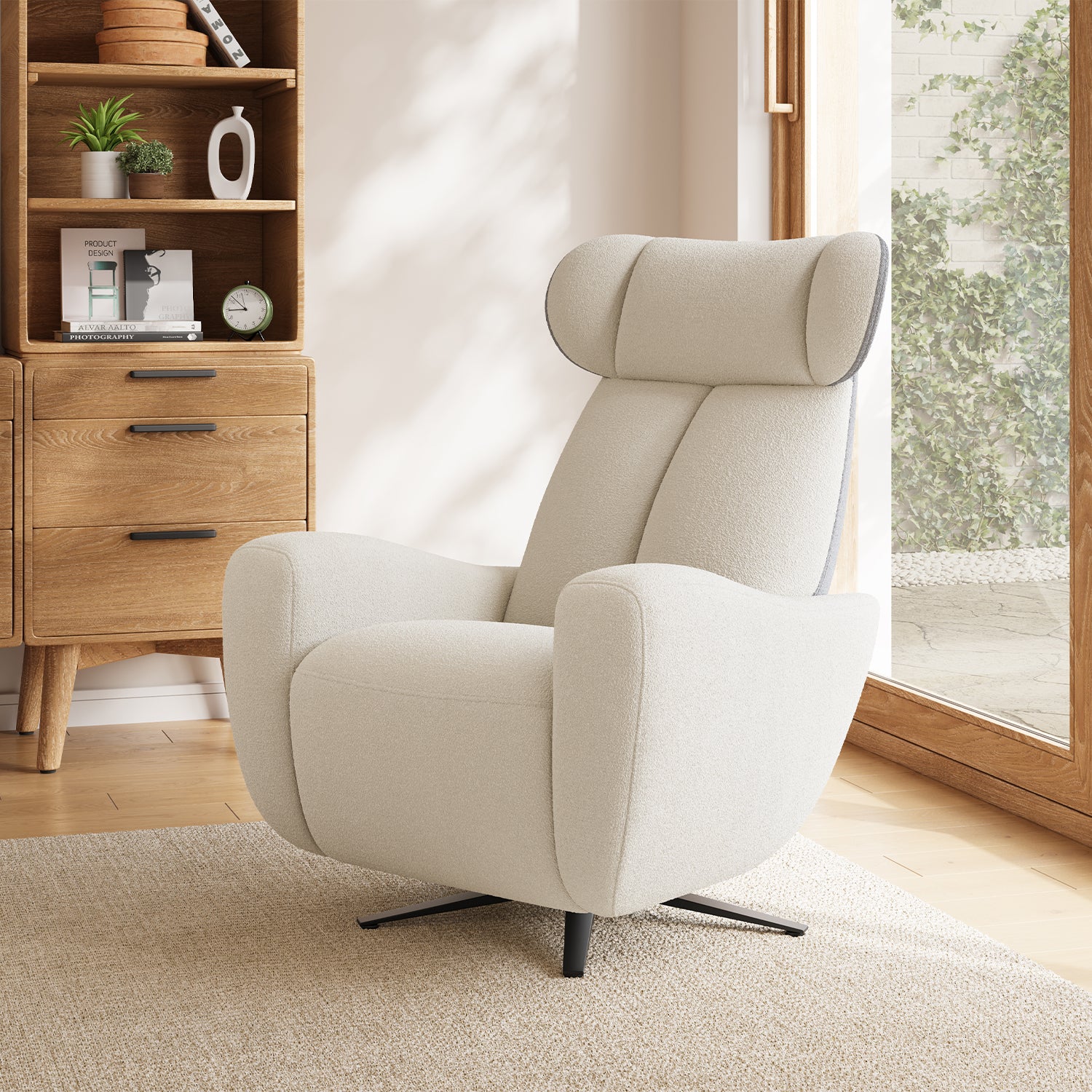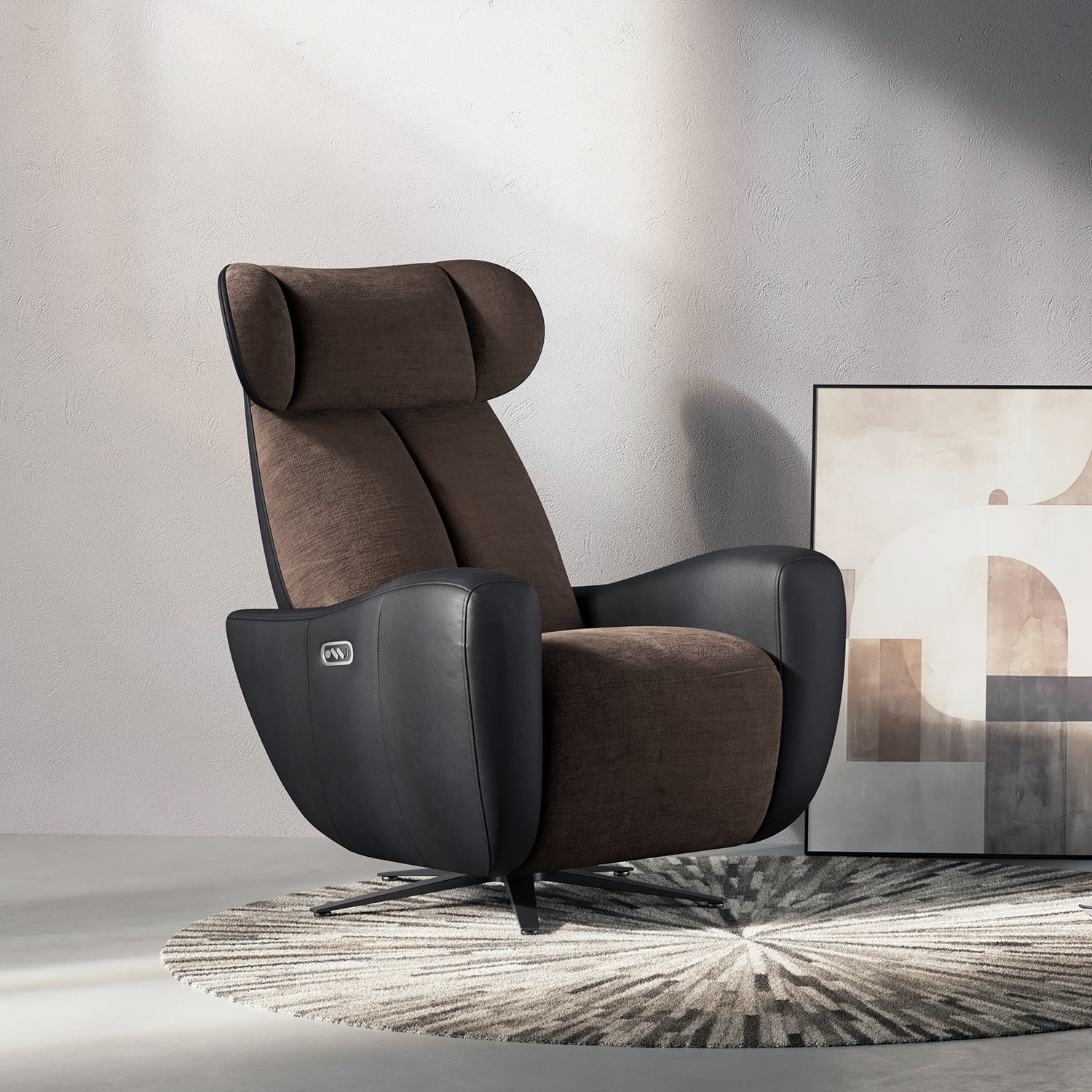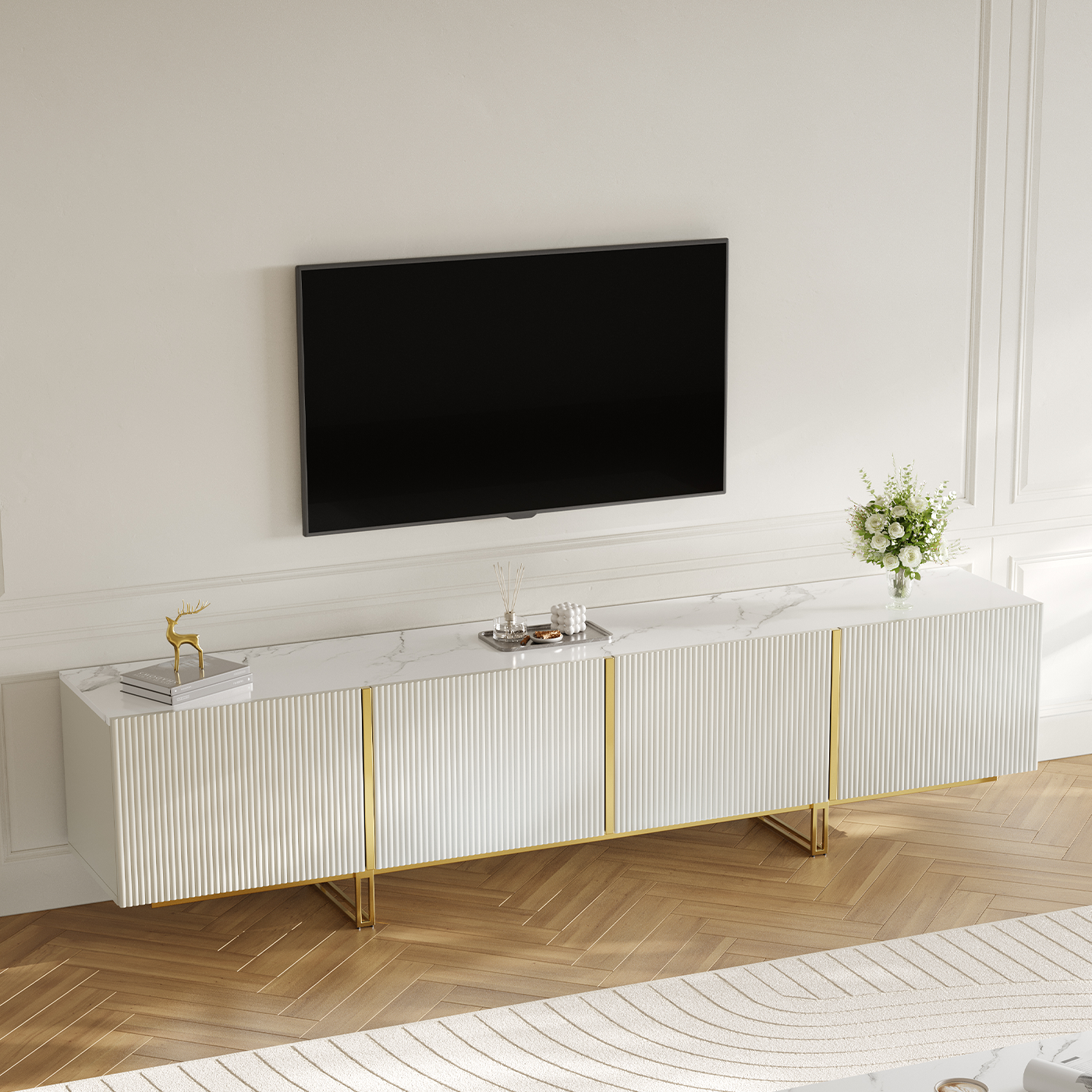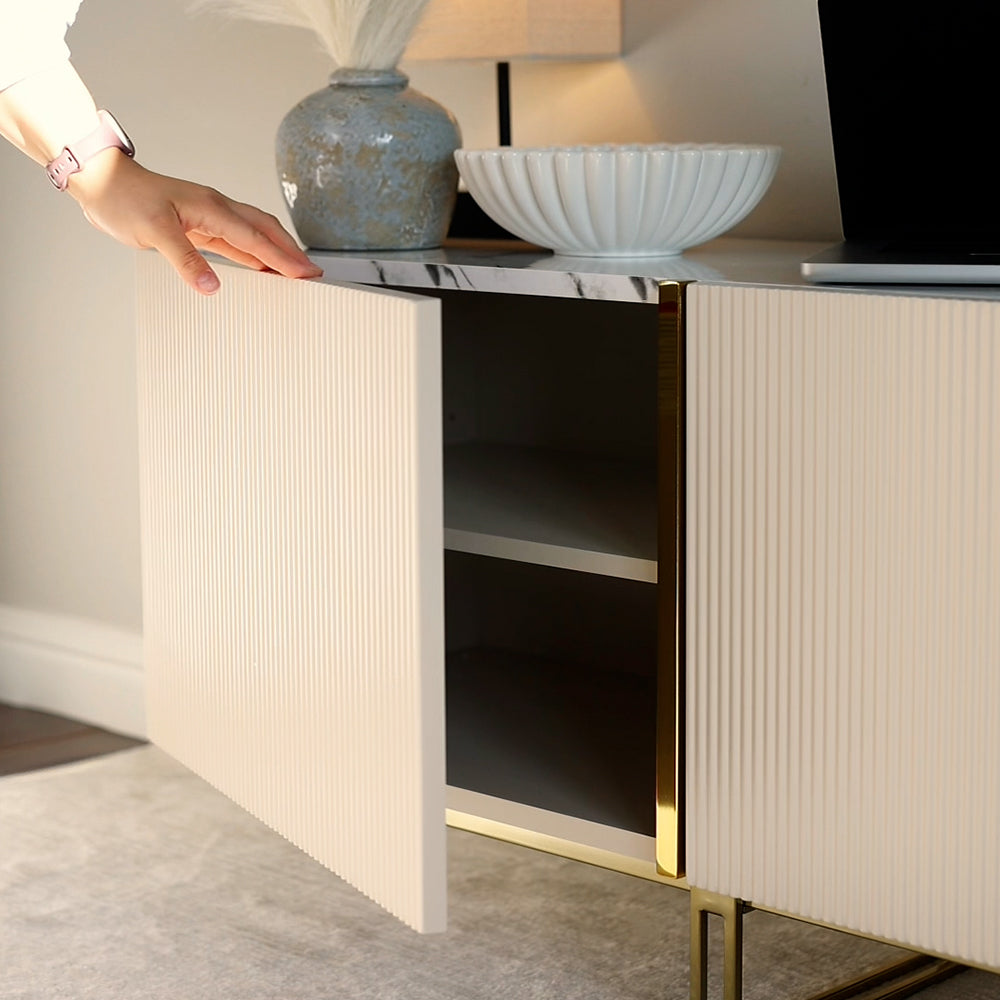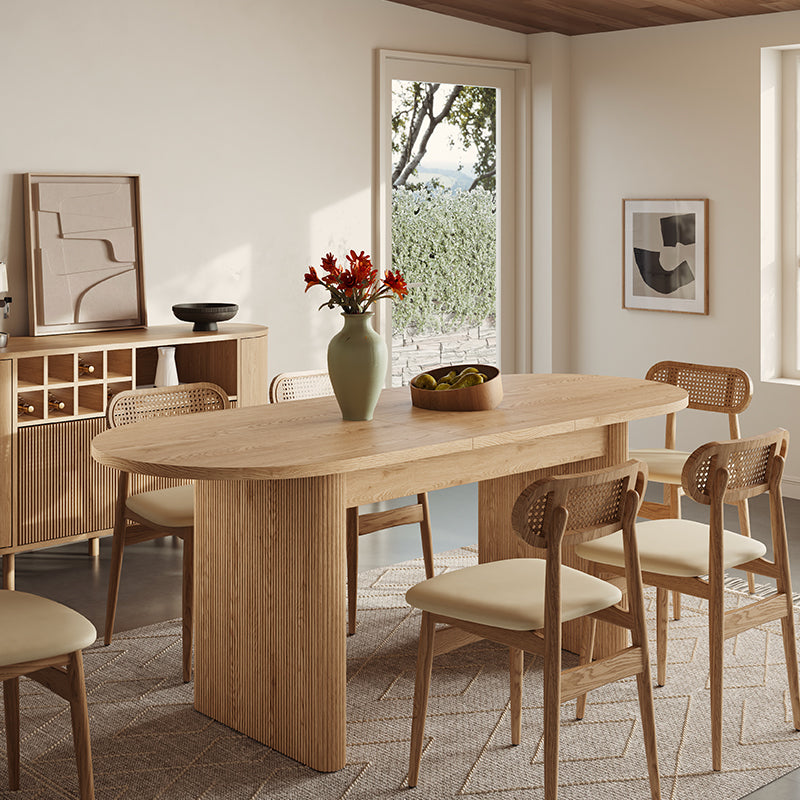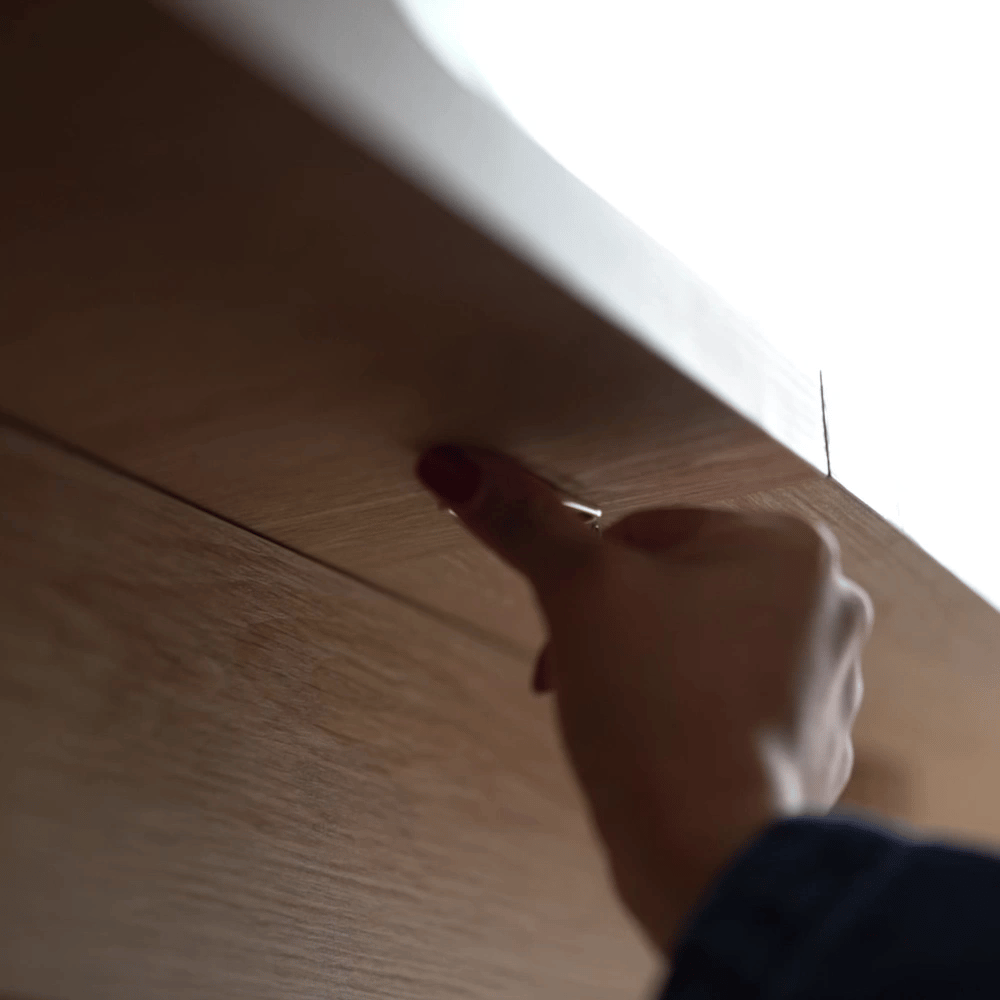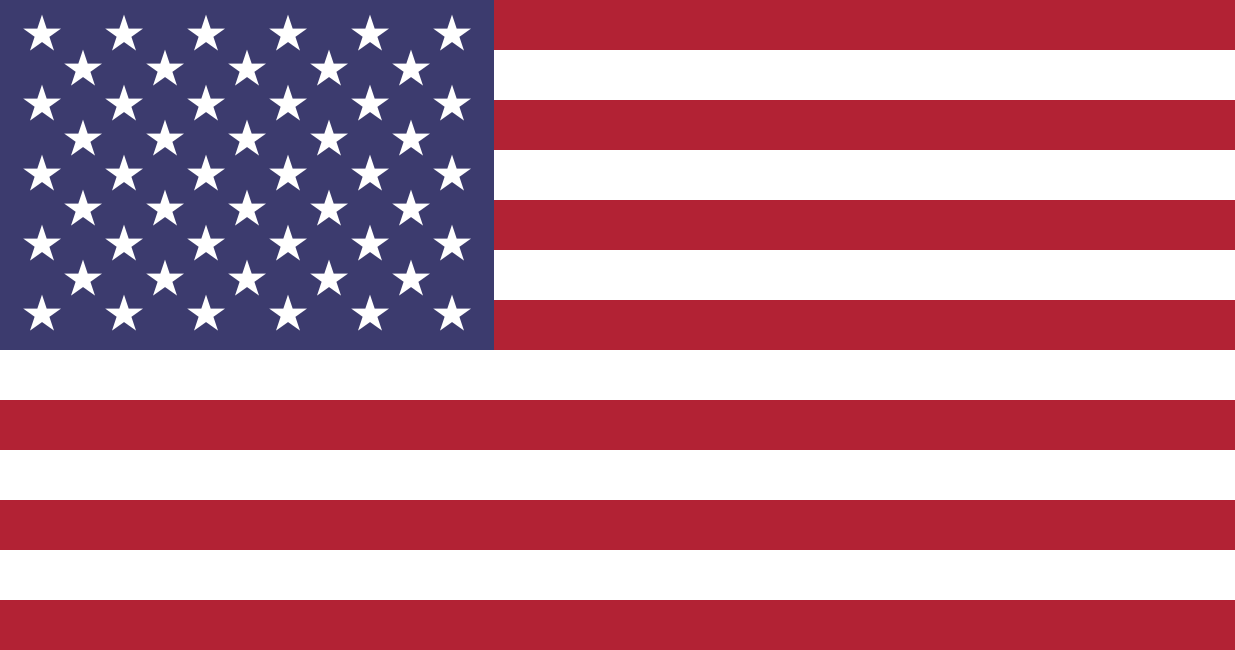When it comes to buying a couch, durability is often a top priority, especially for families, pet owners, or anyone who wants their furniture to stand the test of time. The material you choose plays a critical role in determining how long your couch will last. From resisting wear and tear to being easy to clean and maintain, the right upholstery can make all the difference.
In this guide, we’ll explore the most durable couch materials, their pros and cons, and tips to help you choose a long-lasting option for your home.
Table of Content
1. Factors That Affect Couch Material Durability

Before diving into specific materials, it’s essential to understand what contributes to the longevity of a couch:
- Resistance to Wear and Tear: How well the material holds up to daily use, such as sitting, lounging, and occasional spills.
- Cleanability: The ease of cleaning stains, dirt, and pet hair affects how well the couch maintains its appearance over time.
- Strength of Weave or Surface: Tighter weaves and stronger materials generally last longer.
- UV Resistance: Sunlight can cause some materials to fade or weaken over time, so UV resistance is crucial for couches placed in well-lit rooms.
- Pets and Kids: If you have pets or children, opt for materials that resist scratches, stains, and spills.
2. The Most Durable Couch Materials
1. Leather
Leather is one of the most durable and long-lasting materials for a couch. It’s a classic choice that combines style and functionality.
Pros:
- High Durability: Leather resists scratches and stains better than most fabrics.
- Easy to Clean: Wipe spills and dust with a damp cloth.
- Ages Gracefully: Over time, leather develops a patina, adding to its character.
- Hypoallergenic: Leather doesn’t trap dust or allergens.
Cons:
- Cost: High-quality leather is expensive.
- Temperature Sensitivity: Leather can feel hot in summer and cold in winter.
- Requires Maintenance: Needs conditioning to prevent cracking or drying out.
Best for:
Homes with adults, low-pet activity, or people looking for a timeless, elegant piece.
2. Microfiber
Microfiber is a synthetic fabric made from fine polyester fibers, known for its softness and resilience.
Pros:
- Durable: Resistant to wear, tearing, and scratching, making it pet- and kid-friendly.
- Stain-Resistant: Repels spills, which can be easily cleaned.
- Affordable: Offers a good balance of durability and cost.
- Variety: Available in many colors and textures.
Cons:
- Not as Luxurious: Doesn’t have the premium look or feel of leather or natural fibers.
- Prone to Static: Can attract lint and pet hair.
Best for:
Busy households with kids, pets, or high traffic.
3. Performance Fabrics

Performance fabrics are specifically designed for durability, often used in both indoor and outdoor furniture. Common options include Sunbrella, Crypton, and Revolution fabrics.
Pros:
- Exceptional Durability: Engineered to resist stains, fading, and wear.
- Easy to Clean: Most performance fabrics are water-resistant or even waterproof.
- Fade-Resistant: Retains color even in bright sunlight.
Cons:
- Cost: Can be more expensive than traditional fabric options.
- Synthetic Look: Some may lack the natural feel of cotton or linen.
Best for:
Homes with pets, kids, or couches in sunny areas.
4. Cotton Blend Fabrics
Cotton blends, especially those with a tight weave or reinforced with synthetic fibers, offer durability and comfort.
Pros:
- Breathable and Comfortable: Cotton feels soft and natural.
- Affordable: Blends are often less expensive than other durable options.
- Customizable: Available in countless colors and patterns.
Cons:
- Stain-Prone: Pure cotton can absorb spills unless treated.
- Less Durable: Not as long-lasting as leather or performance fabrics.
Best for:
Casual living spaces where comfort is key and durability isn’t the top priority.
5. Wool and Wool Blends
Wool is a natural material that’s durable and resistant to pilling and fading. Wool blends mix natural fibers with synthetics to improve durability and reduce cost.
Pros:
- Durable: Resistant to wear, fading, and pilling.
- Stain-Resistant: Naturally repels liquids to some extent.
- Warm and Cozy: Provides a comfortable seating experience.
Cons:
- Expensive: High-quality wool can be pricey.
- Requires Maintenance: Needs gentle cleaning and care.
- Can Be Itchy: Some people find wool less comfortable.
Best for:
Cold climates or homes seeking a cozy, upscale look.
6. Velvet
Velvet is a luxurious option that, when made from high-quality synthetic fibers, can be surprisingly durable.
Pros:
- Durable (Synthetic Velvet): Polyester velvets are more stain-resistant and wear-resistant than traditional velvet.
- Soft and Comfortable: Offers a plush seating experience.
- Rich Aesthetic: Adds a touch of luxury to any room.
Cons:
- High Maintenance: Requires regular care to avoid crushing the fibers.
- Not Pet-Friendly: Can snag easily from claws.
Best for:
Formal spaces or households without pets.
7. How to Choose the Right Material for Your Home
Here are some practical tips to help you decide:
1. Assess Your Lifestyle
- Kids and Pets: Opt for microfiber, performance fabrics, or leather.
- Formal Living Room: Consider velvet, wool, or leather for an upscale look.
- Frequent Use: Prioritize performance fabrics or microfiber for heavy traffic.
2. Think About Maintenance
- If you prefer low-maintenance options, performance fabrics and microfiber are excellent choices.
- Leather requires occasional conditioning but is easy to clean.
3. Match Your Aesthetic
- Leather and velvet offer elegance.
- Cotton blends and microfiber work well for casual, cozy spaces.
- Performance fabrics suit modern or minimalist designs.
4. Set a Budget
Durability often comes at a higher cost. However, investing in a durable material upfront can save money in the long run by reducing the need for replacement or repairs.
Conclusion
When it comes to long-lasting couch materials, leather, microfiber, and performance fabrics stand out as the most durable options. Each material has its pros and cons, so the best choice will depend on your lifestyle, aesthetic preferences, and budget.
A couch is a significant investment, and choosing the right material ensures it remains a centerpiece of comfort and style in your home for years to come. With the information in this guide, you’ll be well-equipped to select a material that balances durability, maintenance, and beauty—making your couch a worthwhile addition to your living space.
If you want to buy our home furniture or couch for living room, you can check out more on our store

